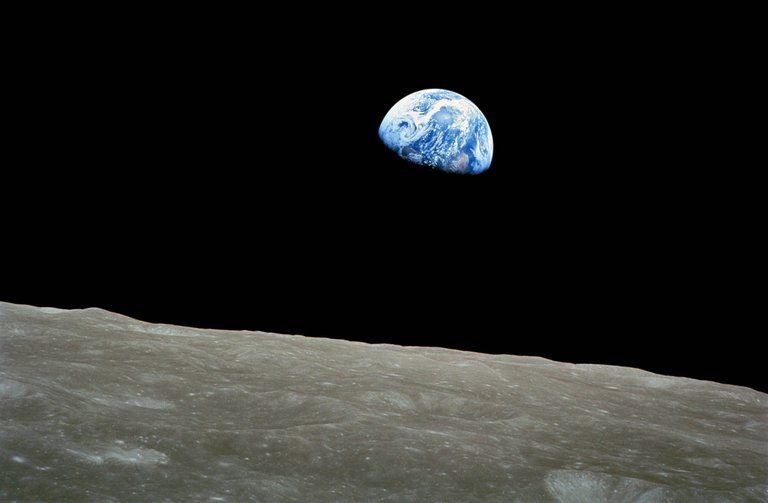The Earth and the Moon, as a result of a fast rotating star

Earth and moon are very similar in chemical composition. That is why current astronomers have recognized that the Earth-Moon system is the result of a clash between two stars. However, the theoretical simulations of this clash do not coincide with the similarity of the measured compositions. According to the simulacros, the difference should be greater, since most of the material that created the Moon comes from one of the stars that collided, a body called Theia. Drills do not match measurements, but some astronomers at Harvard University have solved this discrepancy by changing the details of drills.
Harvard astronomers say the key is in post-collision rotation. In all the simulations carried out to date it has been recognized that the angular moment after the shock was equal to the current one of the Earth and the Moon, that is, that the rotation speeds of both bodies are coherent with the current situation. This condition is logical considering the same plan-satellite system. But astronomers at Harvard University have also set the sun on simulation and everything changes.
There is a resonance between the Sun and the Moon that can slow the rotation speed of the Moon over time. This means that after the crash, the disc of the material that would originate the Moon could spin faster than expected. Therefore, the simulation of the collision that comes to this situation would be different.
Harvard University has conducted simulations from a proto-Lur that rotates very fast and a body with half the size of Mars. With a body speed of 20 km/h and an impact angle of 17º, the composition of the system resulting from the collision coincides with the current measurement.
Buletina
Bidali zure helbide elektronikoa eta jaso asteroko buletina zure sarrera-ontzian











